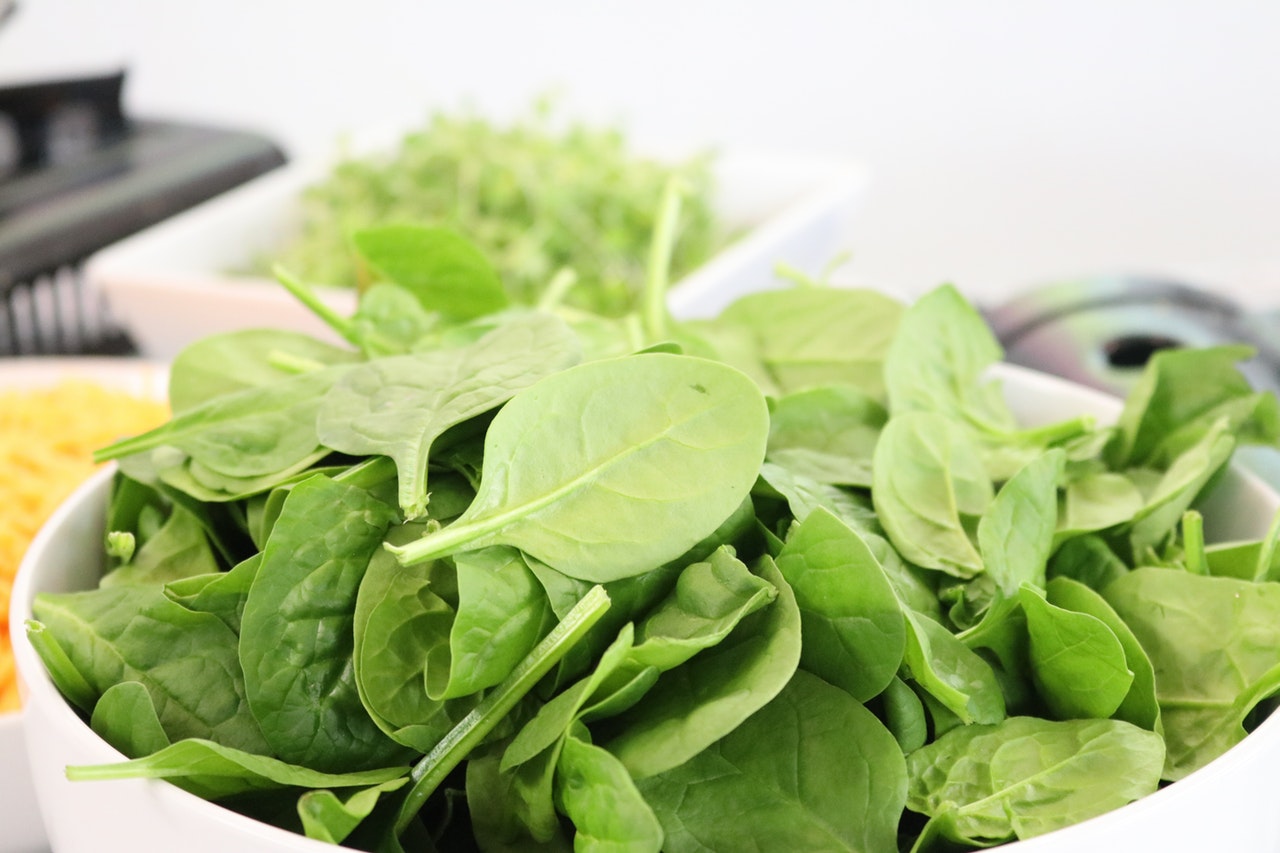Many people who are thinking of becoming pregnant have heard of folic acid and that they should take a prenatal vitamin with folic acid in order to prevent neural tube defects like spina bifida. Folic acid refers to the synthetic form that is used in fortified foods (generally foods made with refined flour that have the natural folate stripped away in processing added back in the form of folic acid) and supplements. Many people have the MTHFR polymorphism, which makes it harder to convert folic acid into its active form. For this reason, I recommend taking a prenatal vitamin that contains methylfolate instead of folic acid. Did you know that it’s also a good idea to make sure you’re getting enough folate from food sources as well? A high quality and comprehensive prenatal vitamin is a good insurance policy, but there is no substitute for eating a nutrient dense diet.
Here’s a little more about folate. Folate is a methyl donor and is essential for DNA and amino acid synthesis, especially converting homocysteine to methionine. Elevated homocysteine levels have been associated with higher risk for cardiovascular disease. Folate deficiency also causes anemia, or low red blood cell count. Having low serum folate levels has been associated with lower pregnancy and live birth rates when doing IVF as compared to women with higher serum folate levels.1
Here are the daily requirements for folate during pregnancy and lactation. The recommended dietary allowance (RDA) for folate is 600 mcg during pregnancy and 500 mcg while breastfeeding.
Below is a chart outlining how much folate is in a variety of different minimally processed foods. You’ll notice that liver is an especially rich source of folate along with other nutrient dense foods like legumes and leafy green vegetables. Quinoa also contains a significant amount of folate while oats and brown rice actually contain very little folate. Eating a variety of foods from this list in addition to taking a prenatal vitamin with methylfolate should ensure you are meeting your daily folate needs to support a healthy pregnancy.
| Food | Folate content (mcg)2 |
| Chicken liver, 3 oz cooked | 483 |
| Asparagus, 1 cup cooked | 243 |
| Beef liver, 3 oz cooked: | 219 |
| Lentils, ½ cup cooked | 179 |
| Pinto beans, ½ cup cooked | 147 |
| Garbanzo beans, ½ cup cooked | 141 |
| Broccoli, 1 cup cooked | 103 |
| Avocado, half | 82 |
| Black beans, ½ cup cooked | 80 |
| Kale, 1 cup cooked | 77 |
| Zucchini, 1 cup | 68 |
| Spinach, 1 cup raw | 58 |
| Brussels sprouts, 1 cup | 54 |
| Blackberries, 1 cup | 51 |
| Green peas, ½ cup raw | 47 |
| Butternut squash, 1 cup cooked cubes | 39 |
| Orange, medium | 39 |
| Quinoa, ½ cup cooked | 39 |
| Banana, medium | 24 |
| Egg, cooked | 23 |
| Kale, 1 cup raw | 13 |
| Whole milk, 1 cup | 12 |
| Whole milk yogurt, 6 oz | 12 |
| Oatmeal, ⅓ cup dry | 9 |
| Ground beef, 3 oz cooked | 8 |
| Brown rice, ½ cup cooked | 4 |
References:
1. Gaskins AJ, Chiu Y, Williams PL. Association between serum folate and vitamin B-12 and outcomes of assisted reproductive technologies. Am J Clin Nutr. 2015;102:943-950.
2. USDA Food Data Central for folate content of foods.
